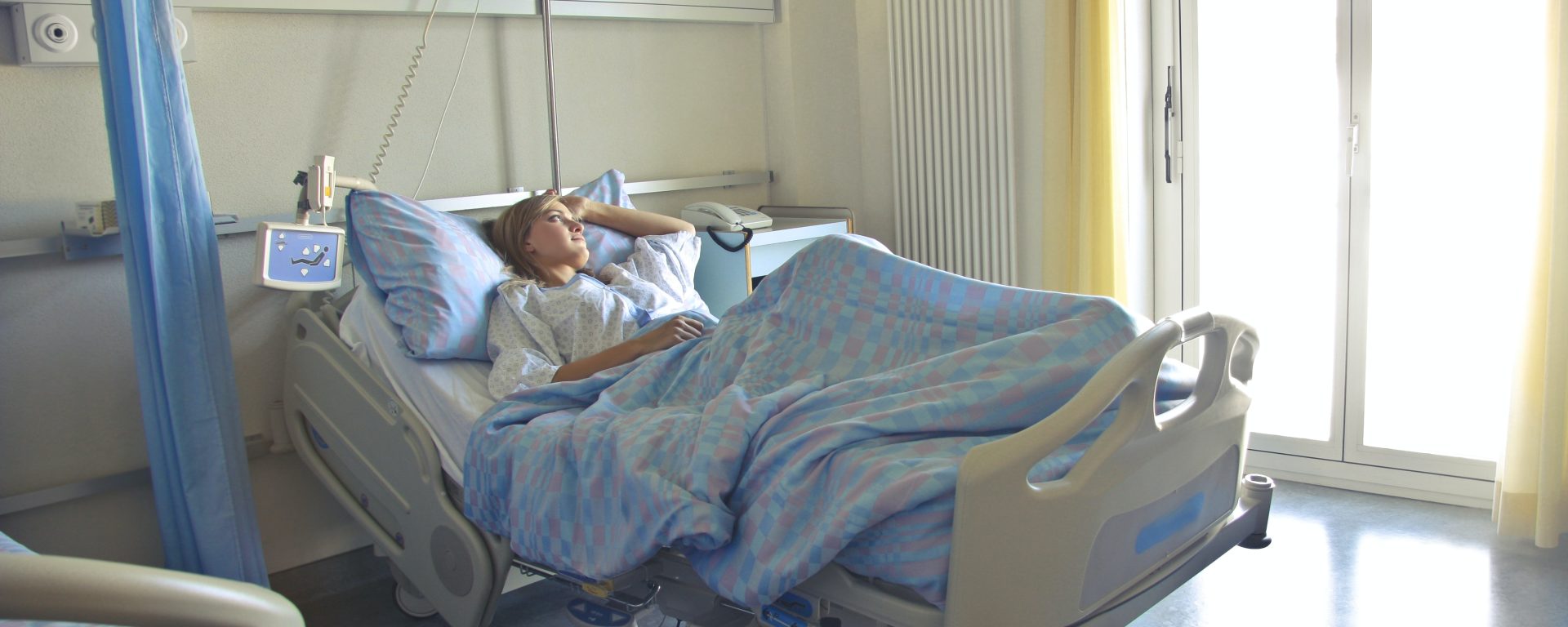In 2019, Shafique, et. al., conducted study about Cervical radiculopathy, which is a condition characterized by pain and impaired function due to nerve root compression in the cervical spine, affects a significant number of individuals worldwide. Seeking to improve treatment outcomes for these patients, a recent randomized controlled trial investigated the effectiveness of combining Mulligan Spinal Mobilisation with Arm Movement, neurodynamics, and manual traction. The trial aimed to assess the impact of this combined therapy on pain reduction, disability improvement, and cervical range of motion in cervical radiculopathy patients.
The study was conducted at the Railway General Hospital in Rawalpindi, Pakistan, from August to December 2017. The participants included both males and females aged between 20 and 60 years who were diagnosed with cervical radiculopathy. The enrolled patients were randomly assigned to two groups: Group A, which received Spinal Mobilisation with Arm Movement, neurodynamics, and manual traction, and Group B, which received neurodynamics and manual traction only. Numeric Pain Rating Scale, Neck Disability Index, and Goniometry were used to evaluate pain, disability, and cervical range of motion before and after a three-week treatment period. The data were analyzed using SPSS 21.
Out of the 31 participants, 19 (61.3%) were females and 12 (38.7%) were males, with a mean age of 41.65±9.714 years. Group A consisted of 15 patients (48.4%), while Group B had 16 patients (51.6%). The results demonstrated that Group A, which received the combined therapy, showed significantly better outcomes in terms of pain reduction, disability improvement, and cervical range of motion compared to Group B (p<0.05 for each parameter).
This randomized controlled trial suggests that cervical radiculopathy patients who received Mulligan Spinal Mobilisation with Arm Movement along with neurodynamics and manual traction experienced superior outcomes compared to those who received neurodynamics and manual traction alone. The combination therapy exhibited significant improvements in pain relief, reduction in disability, and enhancement of cervical range of motion. These findings highlight the potential benefits of incorporating Mulligan Spinal Mobilisation with Arm Movement into the treatment regimen for cervical radiculopathy, providing a promising avenue for enhancing patient care and management of this debilitating condition. Further research and larger-scale studies are warranted to validate these results and explore the long-term effects of this combined approach.
Reference: Shafique, S., Ahmad, S., & Shakil-Ur-Rehman, S. (2019). Effect of Mulligan spinal mobilization with arm movement along with neurodynamics and manual traction in cervical radiculopathy patients: A randomized controlled trial. JPMA, 69, 1601-4.
